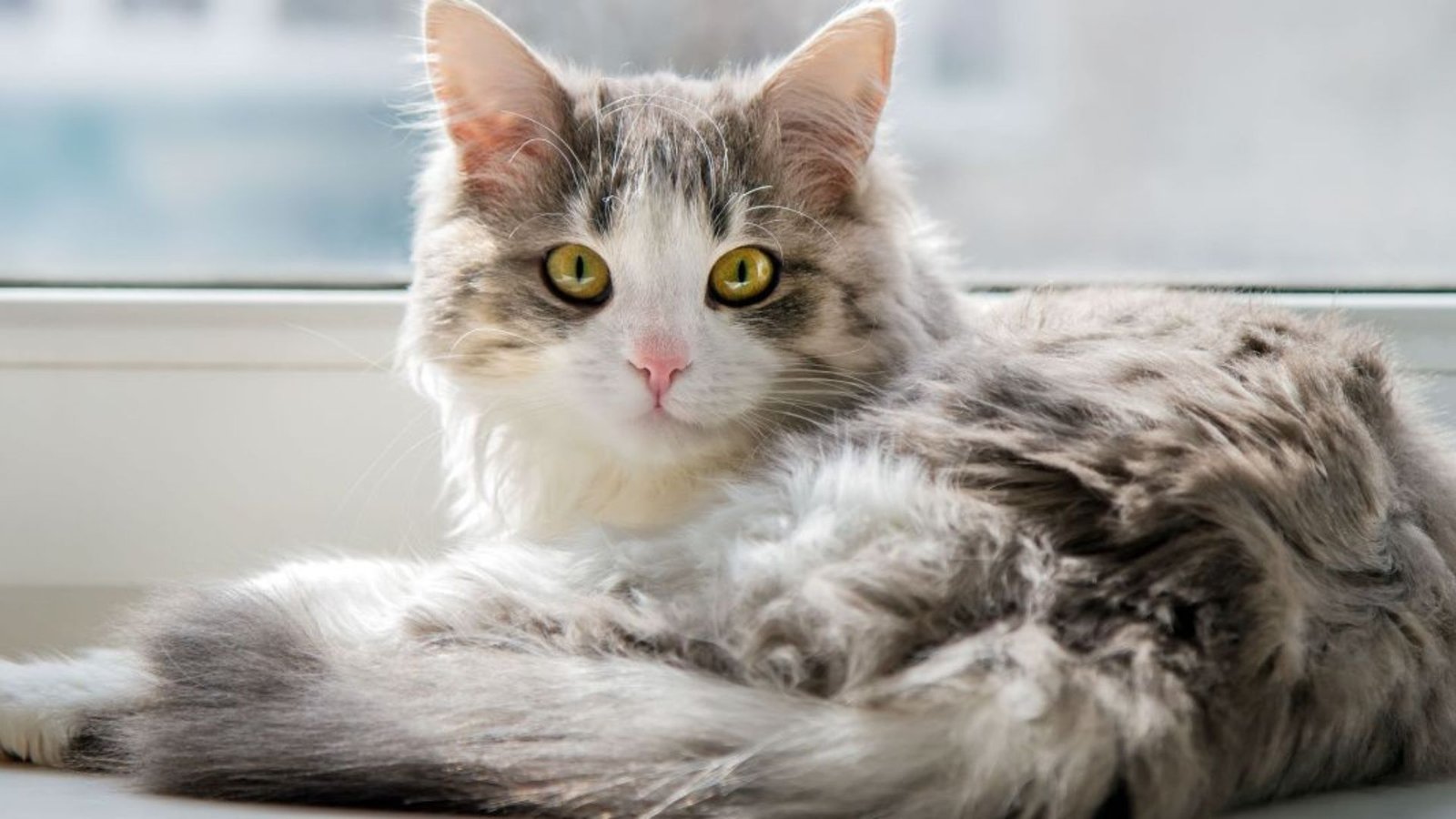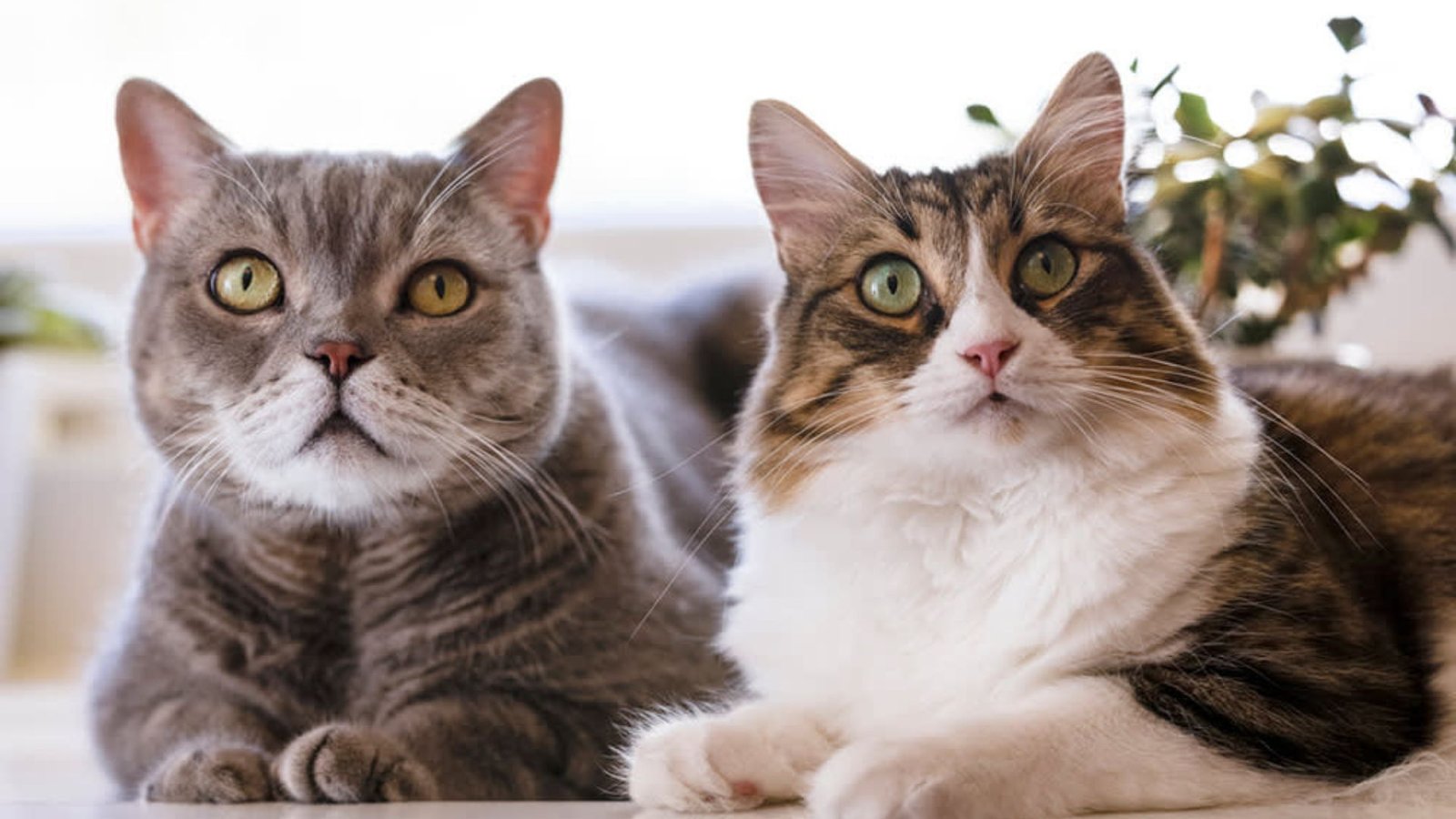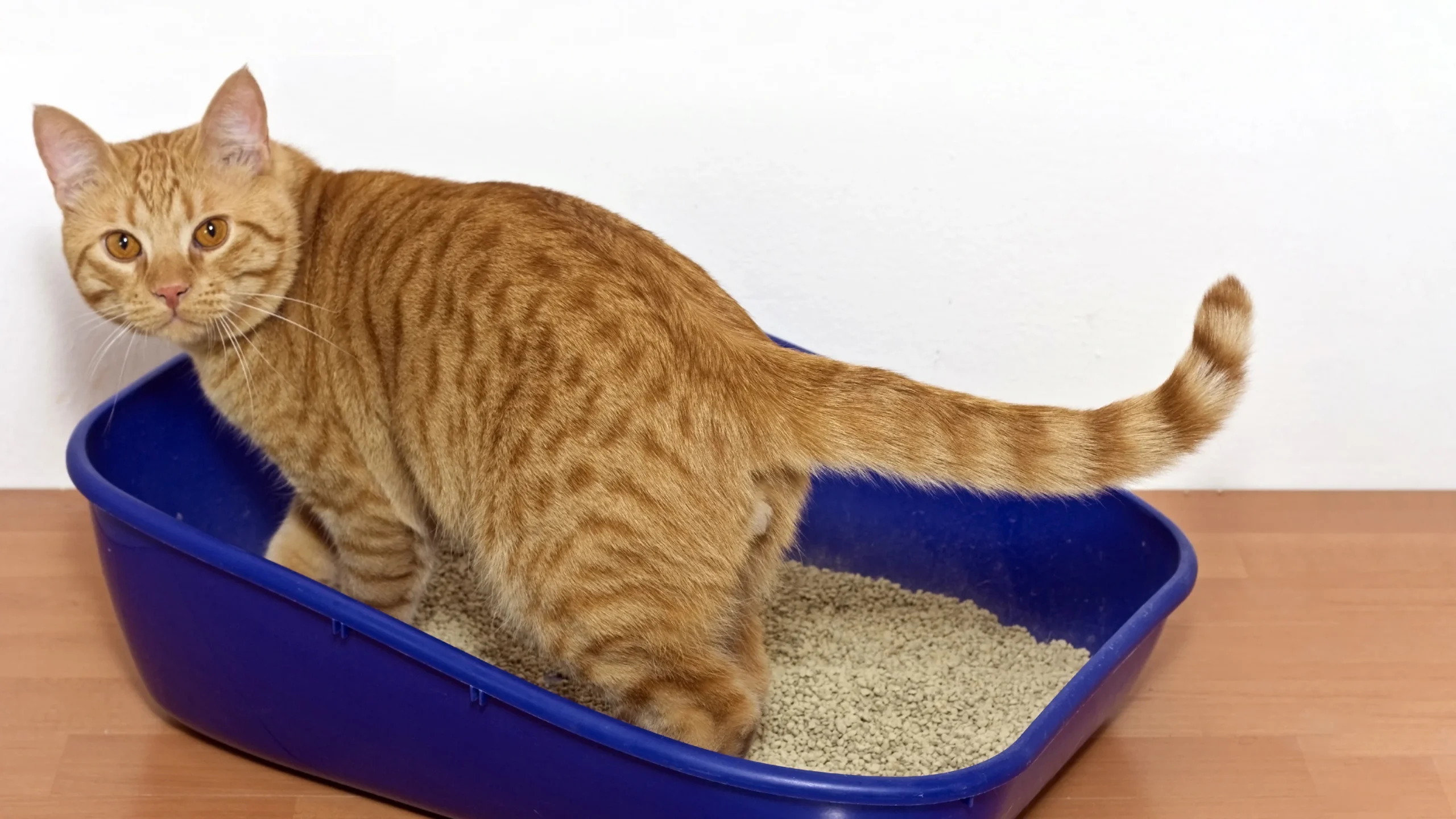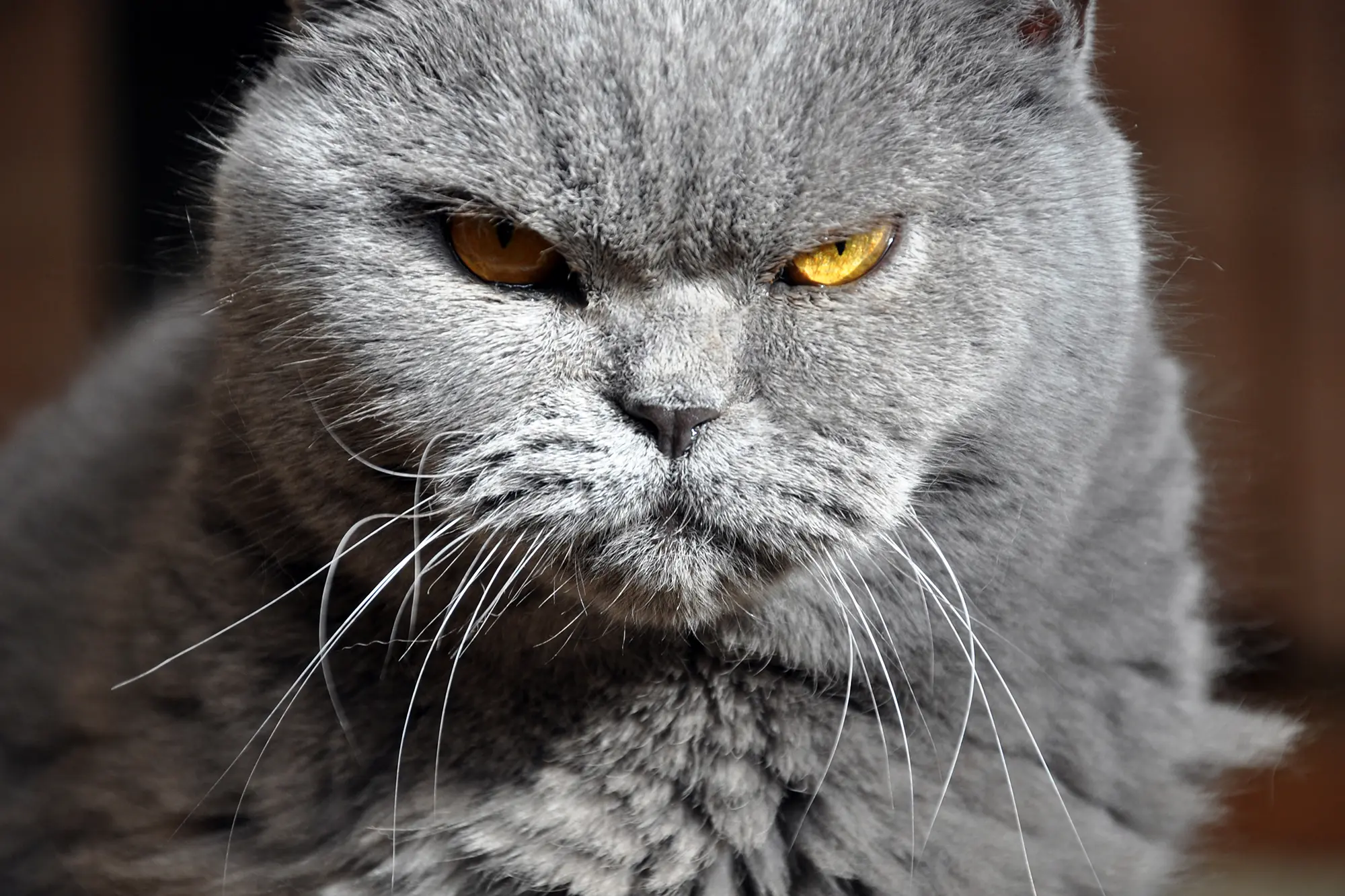When it comes to cats, gender can play a role in their behavior and characteristics. Many cat owners wonder what sets female cats apart from males. While every cat is unique, female cats often have certain traits that distinguish them from their male counterparts. In this article, we’ll explore the common traits of female cats, including their personalities, behaviors, and physical characteristics.

1. Generally More Independent
Female cats are often seen as more independent than male cats. While some cats of both genders can be very affectionate, female cats tend to be more self-sufficient.
Why Are Female Cats More Independent?
- Less need for attention: Female cats may enjoy spending time on their own and might not constantly seek out human interaction.
- Motherly instincts: Even if they’ve never been mothers, female cats often have strong maternal instincts that make them more content with solitude.
- Territorial nature: Female cats are often more territorial than males, and they tend to spend time claiming and defending their personal space.
Despite this independence, many female cats still enjoy affection and bonding time with their owners, just on their own terms.
2. More Likely to Be Aloof or Reserved
Female cats are often described as more reserved or aloof compared to male cats. While this varies from cat to cat, many female cats prefer to keep a bit of distance and engage on their own schedule.
Why Do Female Cats Act Aloof?
- Protective nature: Female cats may be more cautious with new people or environments, often taking longer to warm up to new situations.
- Not as playful as males: While playful behavior is still common, female cats are generally less rambunctious than male cats, especially when it comes to very active, boisterous play.
However, many female cats enjoy bonding with their owners once they feel comfortable and safe.
3. Tend to Be Smaller
On average, female cats tend to be smaller than their male counterparts. This difference is especially noticeable in certain breeds, where males may be considerably larger.
Why Are Female Cats Smaller?
- Less muscle mass: Female cats typically have less muscle mass and a more slender build compared to males.
- Genetic factors: Just like in many animal species, females tend to be smaller in size for evolutionary reasons.
This smaller size does not affect their strength or agility, and female cats can be just as playful and active as males.
4. More Likely to Be Quiet
Female cats are generally quieter than male cats. While every cat has its own personality, females tend to be less vocal, especially when compared to some of the more vocal male breeds.
Why Are Female Cats Quieter?
- Less vocalization: Female cats are often less likely to meow or make loud sounds unless they are in heat or need attention.
- Motherly behavior: Female cats, particularly mothers, often communicate with softer sounds or body language rather than loud meowing.
However, it’s important to note that some female cats can still be quite vocal, especially if they have been spayed or are particularly social.
5. More Likely to Show Maternal Instincts
Female cats are known for their strong maternal instincts, even if they have never had kittens. These instincts can make them more nurturing, protective, and caring.
Traits of Maternal Instincts:
- Caring for others: Some female cats will display motherly behavior, such as grooming other pets or “adopting” smaller animals in the home.
- Protective nature: Female cats can be very protective of their space, and if they have kittens, they become fiercely protective of them.
If you have multiple pets or other animals in the home, you may notice your female cat acting as a “mother figure,” especially if she’s had kittens in the past.
6. In Heat and Behavioral Changes
One major difference between male and female cats is that female cats go into heat, which can result in changes in behavior. This usually occurs if a female cat is not spayed.
Symptoms of a Female Cat in Heat:
- Increased vocalization: Female cats in heat may become much more vocal, meowing loudly and frequently.
- Restlessness: She may pace or act more agitated.
- Affectionate behavior: A female cat in heat may seek more attention and show more affection than usual.
- Rubbing and rolling: Cats in heat often roll on the floor or rub against furniture and people.
Spaying your female cat can prevent these behaviors and contribute to her long-term health and well-being.
7. Tend to Live Longer Than Male Cats
On average, female cats tend to live longer than male cats. While the lifespan of any cat depends on various factors, including health, diet, and genetics, female cats often have a longer lifespan than males.
Why Do Female Cats Live Longer?
- Less risk of certain diseases: Female cats that are spayed are less likely to develop certain health problems, such as uterine infections and breast cancer.
- Less aggressive behavior: Male cats may be more prone to accidents, such as fights with other cats or risky outdoor behavior, which can lead to injuries or diseases.
While many factors influence lifespan, female cats generally have the advantage when it comes to longevity.
8. Less Likely to Wander
Female cats, especially if they are spayed, tend to be less likely to roam far from home. Male cats, particularly unneutered ones, have a stronger instinct to wander in search of mates, which can put them at risk of injury or becoming lost.
Why Do Female Cats Wander Less?
- Territorial behavior: Female cats are often more territorial and prefer staying within their known space.
- Less drive to mate: Female cats that are spayed do not have the same drive to seek out mates, reducing their desire to wander.
This can make female cats easier to keep indoors and safer from outdoor dangers.
9. More Likely to Be Affectionate in Their Own Way
While female cats are generally seen as more independent and reserved, they can still form strong bonds with their owners. Many female cats enjoy cuddling and being petted, but they may do so on their own terms.
Signs of Affection in Female Cats:
- Gentle head bumps: A female cat may show affection by bumping her head against you or rubbing her face against yours.
- Purring: Female cats often purr when they’re content and comfortable with their owners.
- Lap sitting: While not all female cats will do this, some enjoy sitting on their owner’s lap or curling up next to them for warmth and comfort.
Even though they may be more independent, female cats can form deep, affectionate bonds with the people they trust.
Conclusion
Female cats have their own unique set of traits that can make them wonderful pets. They tend to be more independent, quieter, and less likely to roam than male cats, but they can also be affectionate, loving, and nurturing. Understanding the traits of female cats will help you provide the best care and create a positive relationship with your feline companion.
Whether you’re adopting a female kitten or bringing an adult female cat into your home, knowing what to expect from her behavior and personality will help you form a closer, happier bond.




